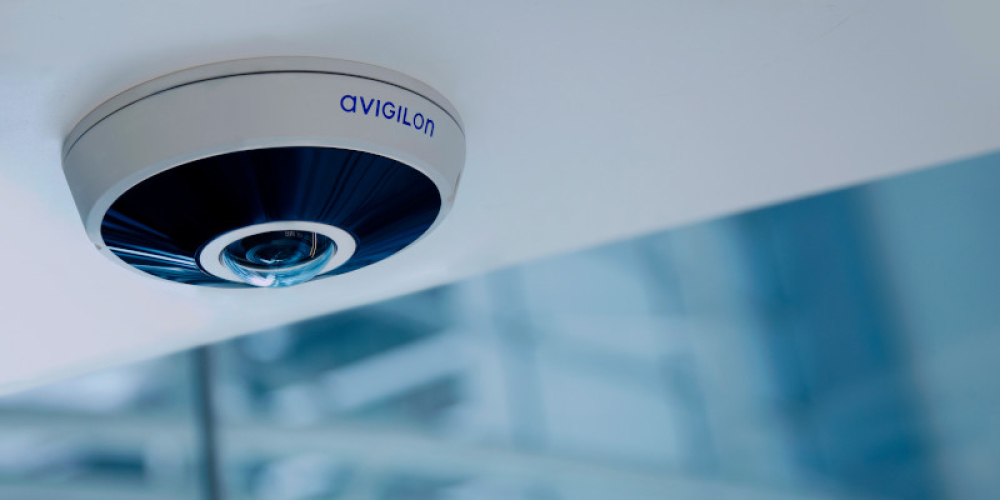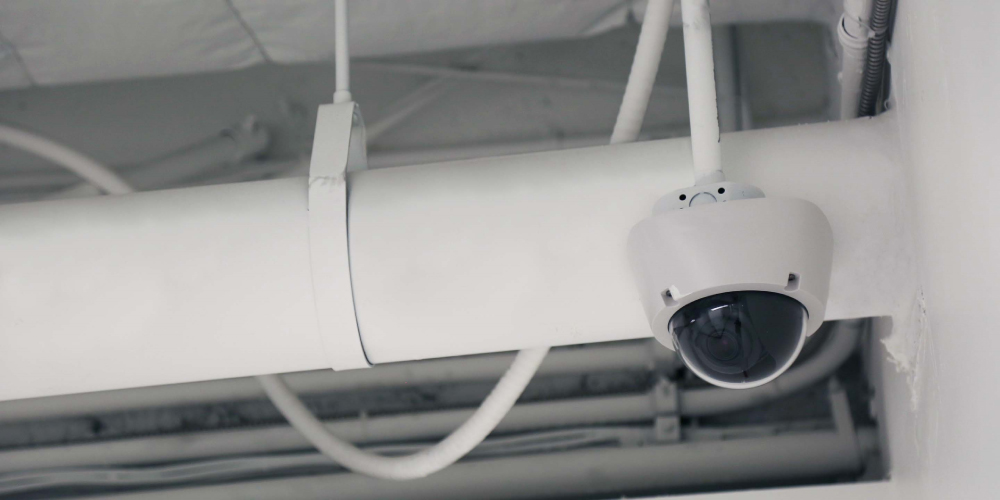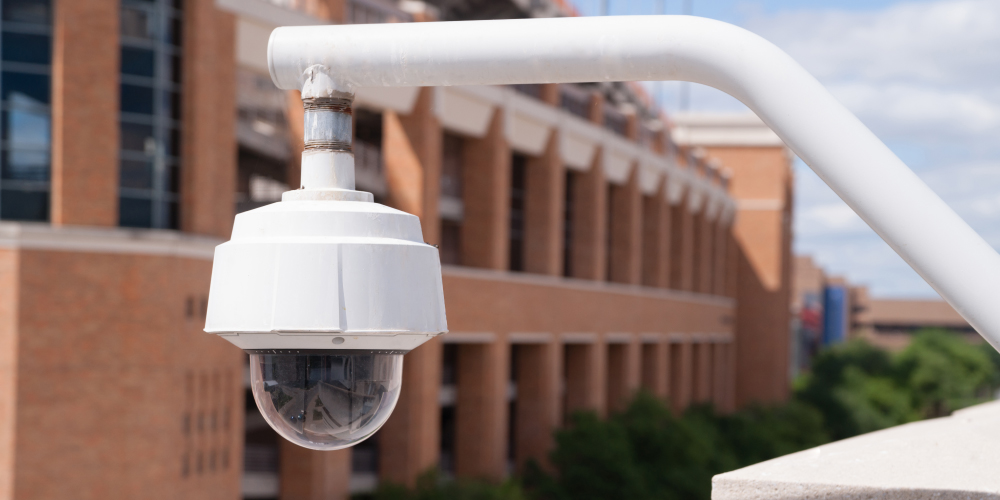4G and5G Unlock Various of Benefits for Protecting Valuable Company Assets
While the use of cameras for security purposes is not new, the introduction of wireless IP cameras has significantly expanded security possibilities in a wide range of industries. Companies considering upgrading to wireless IP cameras need to consider several key elements before deciding on a solution.
What Are The Wireless Options For IP Cameras?
When we reference wireless IP cameras, we are talking about several main setups:
- A camera with built-in Wi-Fi that is connected to a Cradlepoint router via Wi-Fi and using 4G LTE or 5G as the WAN source
- A camera with Ethernet/PoE connected to a Cradlepoint router and using 4G LTE as the WAN source
- A camera featuring built-in 4G LTE or 5G capabilities
- A camera with built-in Wi-Fi
What Industries Are A Good Match For This Technology?
There are different types of Wireless IP cameras - those that are fixed/stationary and those that are mobile.
Wireless IP cameras are an excellent solution for industries or companies that need their physical assets monitored, including retail stores and restaurants, water towers, power sources, parks and recreation areas, airports, and shipyards.
On the mobile front, wireless IP body cameras are used in the law enforcement, military, and transportation fields, where constant monitoring is required, and the focal point of the video may also be in constant motion.
If your company, organization, or industry requires regular, reliable monitoring, consider wireless IP cameras as part of your technology and security plans.

What Are The Benefits Of Wireless IP Cameras?
Easy to Conceal
Simple Installation
Increase Flexibility
Wireless cameras eliminate the limitation of network ports, the challenges of running cable to remote locations, the burden of managing a camera manually, and the inability to place a camera in an undetectable location.
In many cases, running long cables over large areas, such as a shipyard is not feasible. Even if cables can be run, the lines can break down over time or be cut —intentionally or unintentionally. If a wireless camera also has a failover solution, the risk and worry of data loss or cameras going offline is virtually eliminated.
In essence, wireless IP cameras allow users to focus on the data they provide instead of the management they require.

Additional Questions About Wireless IP Cameras
What Challenges Do They Present?
How Many Cameras Are Needed?
How Important Is Video Quality?
How Much Bandwidth Is Required — And Available?
Online bandwidth calculators, which are easily accessible, can be quite useful in helping IT staff determine how much bandwidth is needed for different components of a wireless IP camera system. When IP cameras are installed along with cellular routers, things like Cradlepoint's NetCloud Manager can be used to monitor and manage cellular data usage and more remotely, saving organizations a lot of money.
How Will The Cameras Be Housed And Protected?

About USAT
USAT, part of the MCA family of companies, specializes in designing and deploying fixed and mobile wireless data connectivity solutions for organizations of all sizes — complete with implementation, training, proof of concept (POC), system auditing, and on-site RF surveying services with optional engineering maintenance contracts.
Our team not only helps you select, provision, and activate devices, we make sure they work in practical applications and real-life situations.
For over 25 years, USAT has provided cellular communications solutions for various surveillance and security applications across the USA. With our extensive catalog of world-class routers, gateways, and software designed for remote monitoring and management in even the harshest environments — you can count on us to get and keep you connected.
Our connectivity solutions translate to less manual equipment maintenance, reduced downtime, and an overall increase in your business's ROI. Contact the experts at USAT to learn how our wireless networking solutions can help meet your organization's exacting needs.
Share this Post















